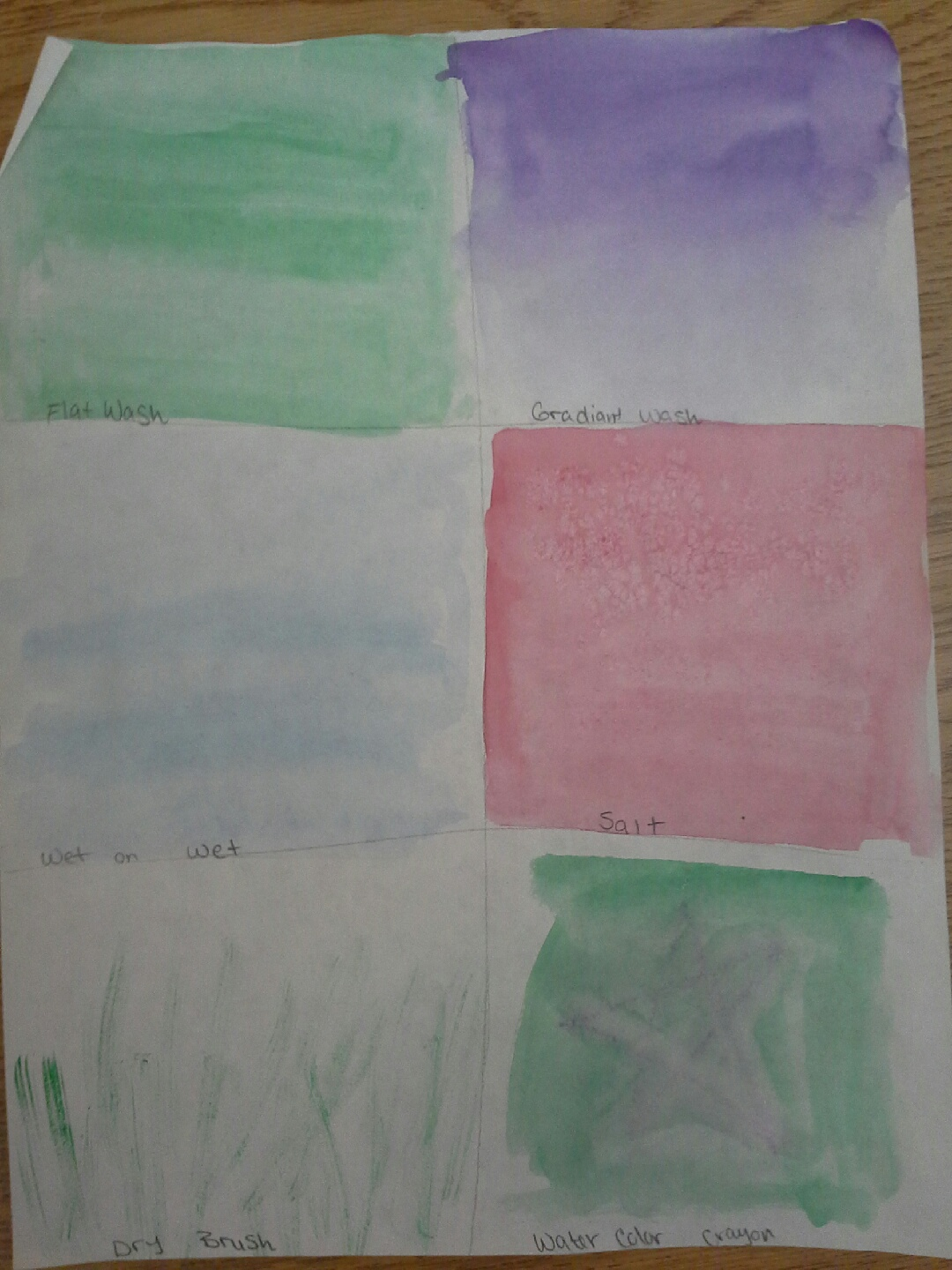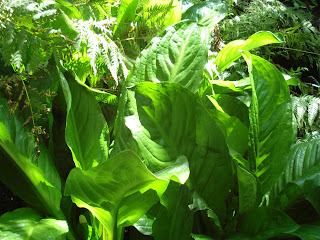Elements and Principles of Art/Design
For this weeks assignment, our Art Methods professor sent us on a 'scavenger hunt' with a digital camera, to find the elements of art, and make a presentation for my grade level that I wish to teach. Being an artist, I got excited and set out with my digital camera, and then sifted through some I had taken the previous summer, on a trip home to California. I struggled a bit with the power point (I haven't had a chance to play with the program in some time) but eventually caught on and had a great time making my presentation. I chose to make an eighth grade level, since I am striving to become either a junior high or high school art teacher. I tried to explain the concepts as simply as possible, while still keeping to their actual meaning. I feel proud of my presentation. Here are some of the pictures I chose to present, for each element:
Line:
Here you can see were it would start (as a point- the beginning of the blue corner) ,and even where the contour lines can be found (the curvy line)
Main St. Aberdeen, SD (10/12)
Texture:
Here I chose a picture of tree bark, because its nooks and crannies created great shape, making it look rough. I took this one at Melgard Park, Aberdeen, SD. (10/2012)
Color : Value
This photo was taken over the summer when I visited California. I chose it because I though it was a great example for showing not only Value, but Hue and Shade as well. (5/2012)
Color : Warm and Cool
Here, you can see the warm and cool colors, and the Primary, Secondary, and Tertiary colors (this is one of my original painting ) (10/2012)
Emphasis :
This one I had taken on the outskirts of Aberdeen, SD during the summer.
The blurry back round creats great negative space for the more focused area of the bird.(5/2012)






































